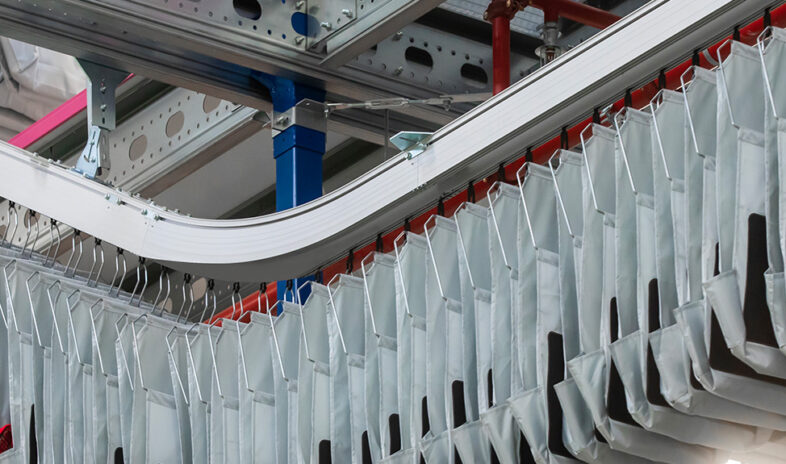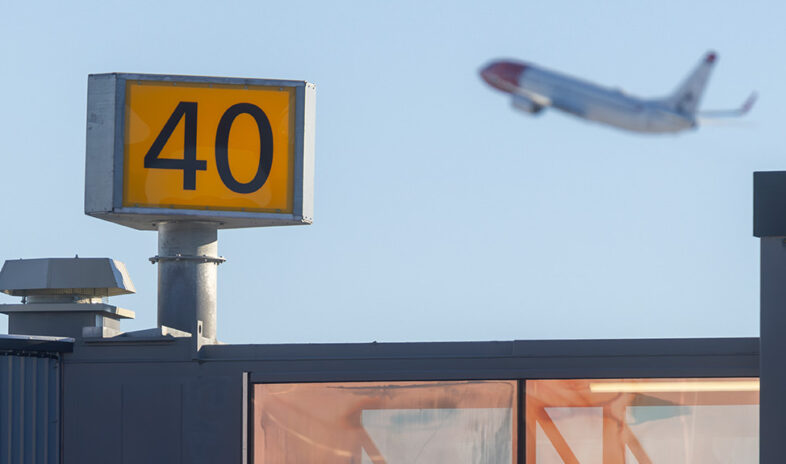Airport industry is holding its breath
Several airports have already begun testing different types of automated solutions for their ground handling solutions.
One of the most interesting cases to keep an eye on is the innovation partnership (IP) agreed by Avinor, the operator of Norway’s major airports, to explore ways of automating the ground handling system.
The entire industry is awaiting results from the Norwegian capital Oslo, where Avinor has
built a dedicated project test centre to achieve the following targets through the automation of the ground handling system:
- Increase the efficiency of the baggage handling process
- Remove repetitive heavy lifting duties undertaken by baggage handlers
- Automate end-to-end baggage handling
The Oslo case is just one example of automatic solutions being put to the test in a real airport environment.
In the new BEUMER Group report, you can discover several innovation partnerships involving airports all over the world, which are experimenting with automation technology for their ground handling.
Passengers will also benefit
While the effort to automate ground handling systems can be seen as a way to lower costs and minimise reliance on manual labour, there are other reasons why airports should invest in these new technologies.
The passenger experience could be improved by more efficient ground handling solutions. In the report, you can uncover more insights about the correlation between passenger comfort and the efficiency of the ground handling system.
The implementation of automation technology will be one of the interesting trends to follow in the year to come. If you want more insights regarding all the most important developments in 2025, download ‘Airports 2025 Outlook: Reinventing the Airport Experience’ right now.





